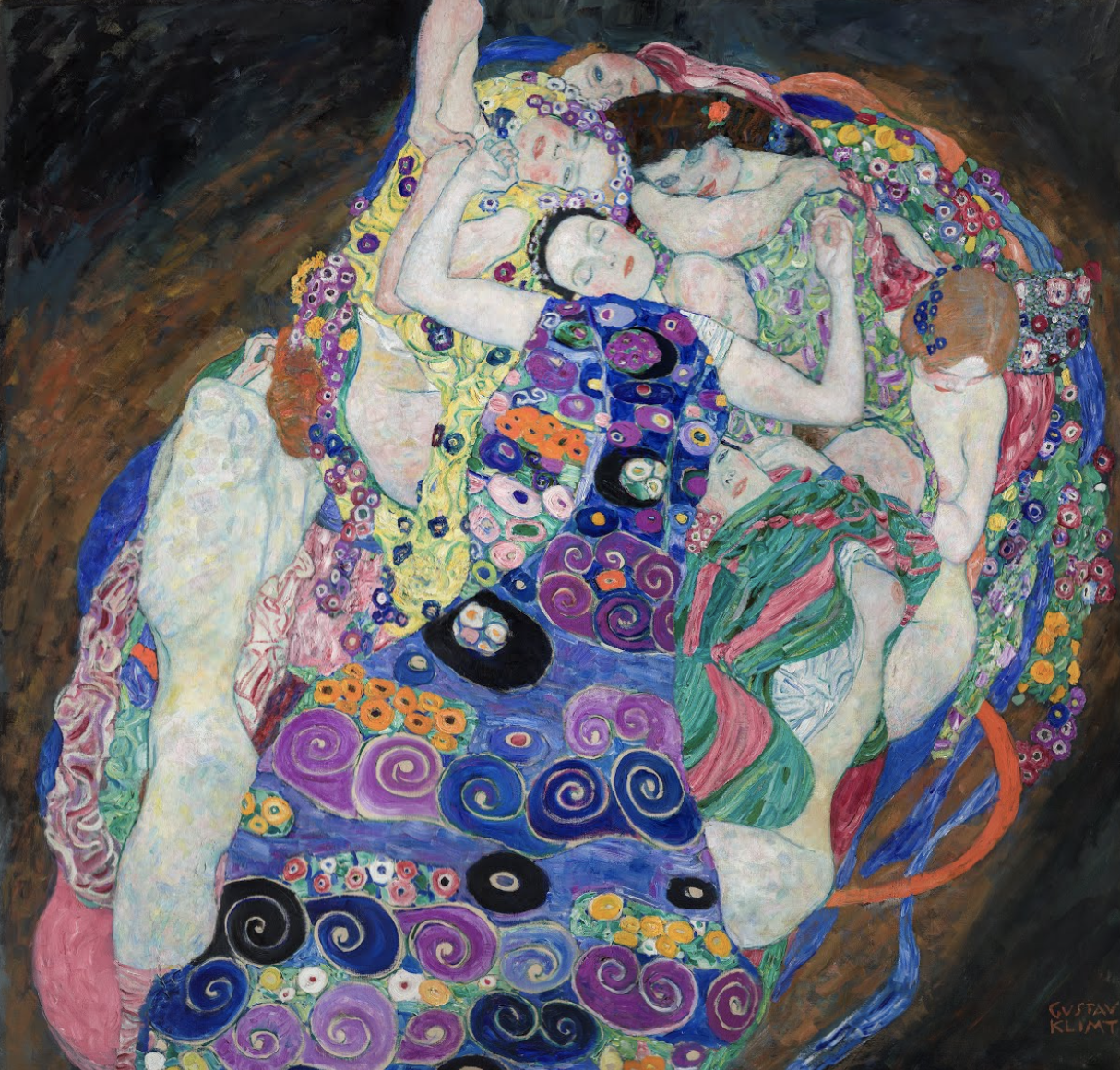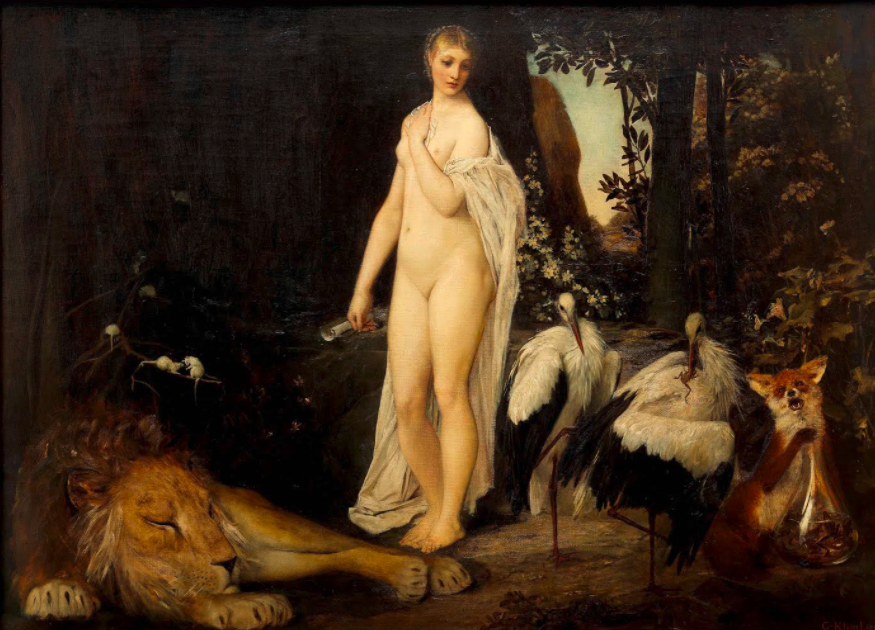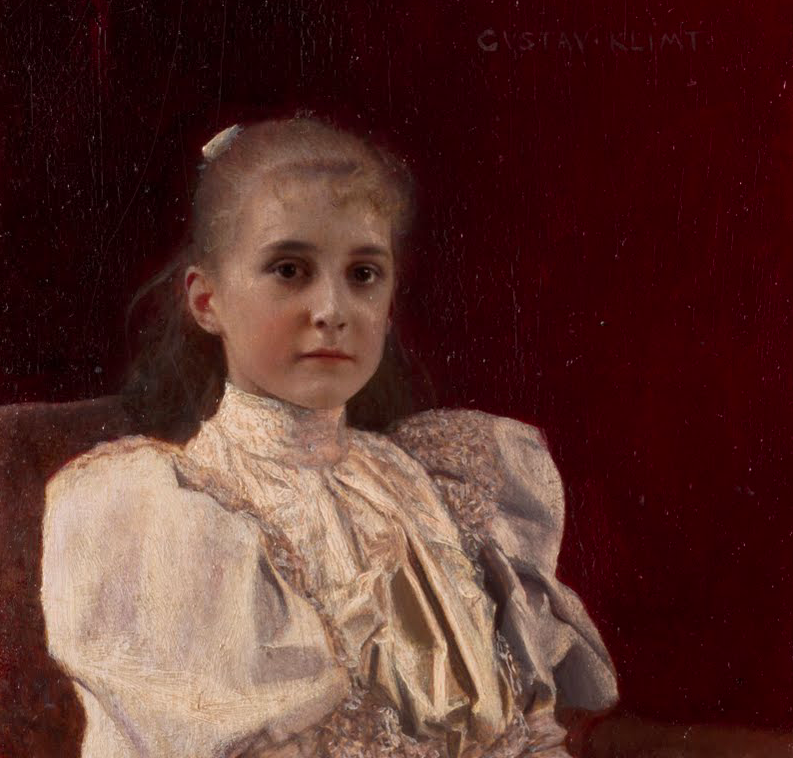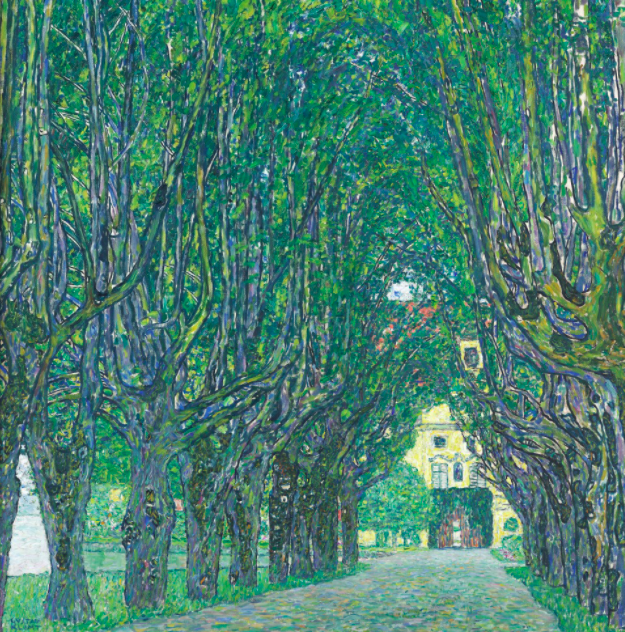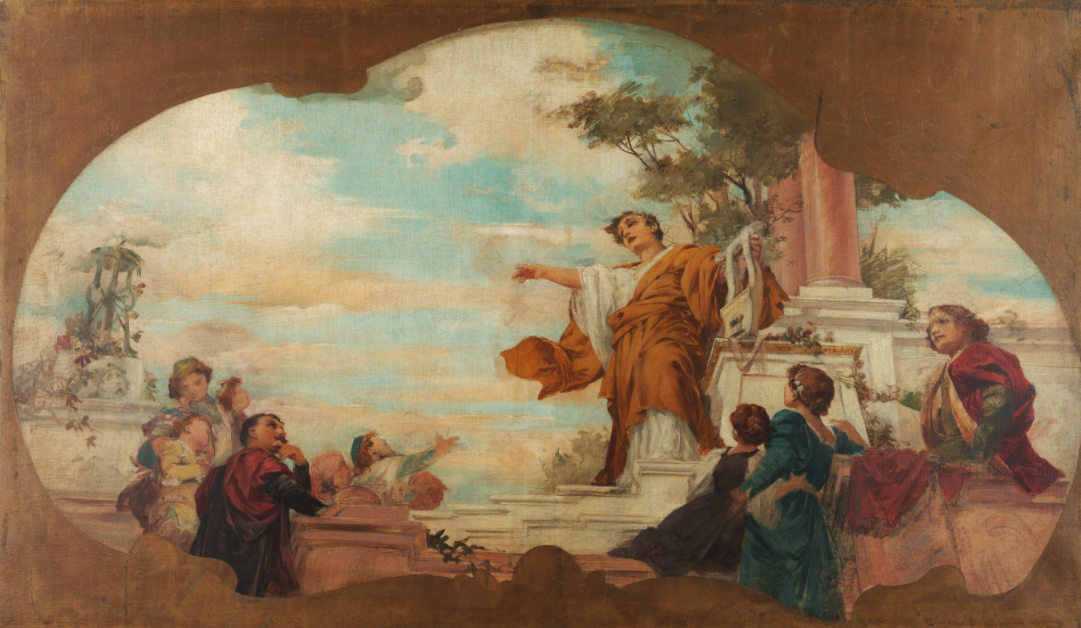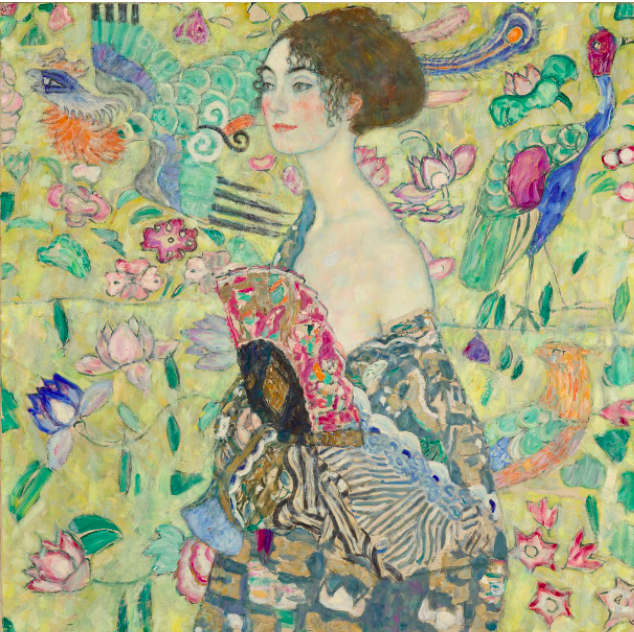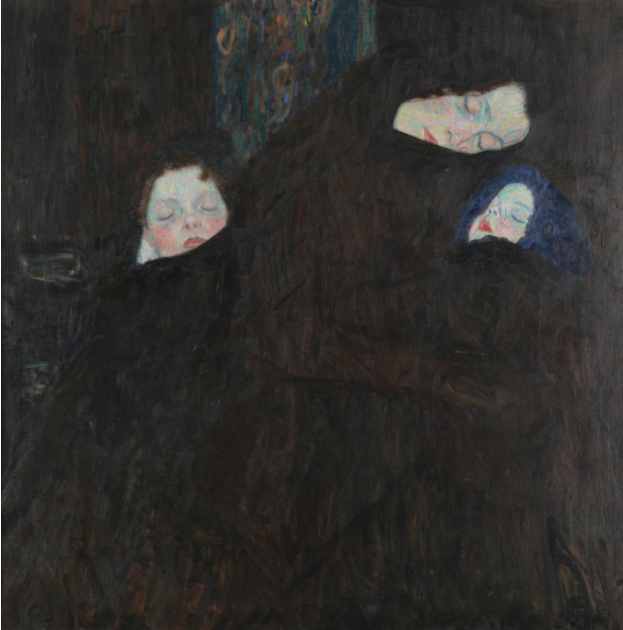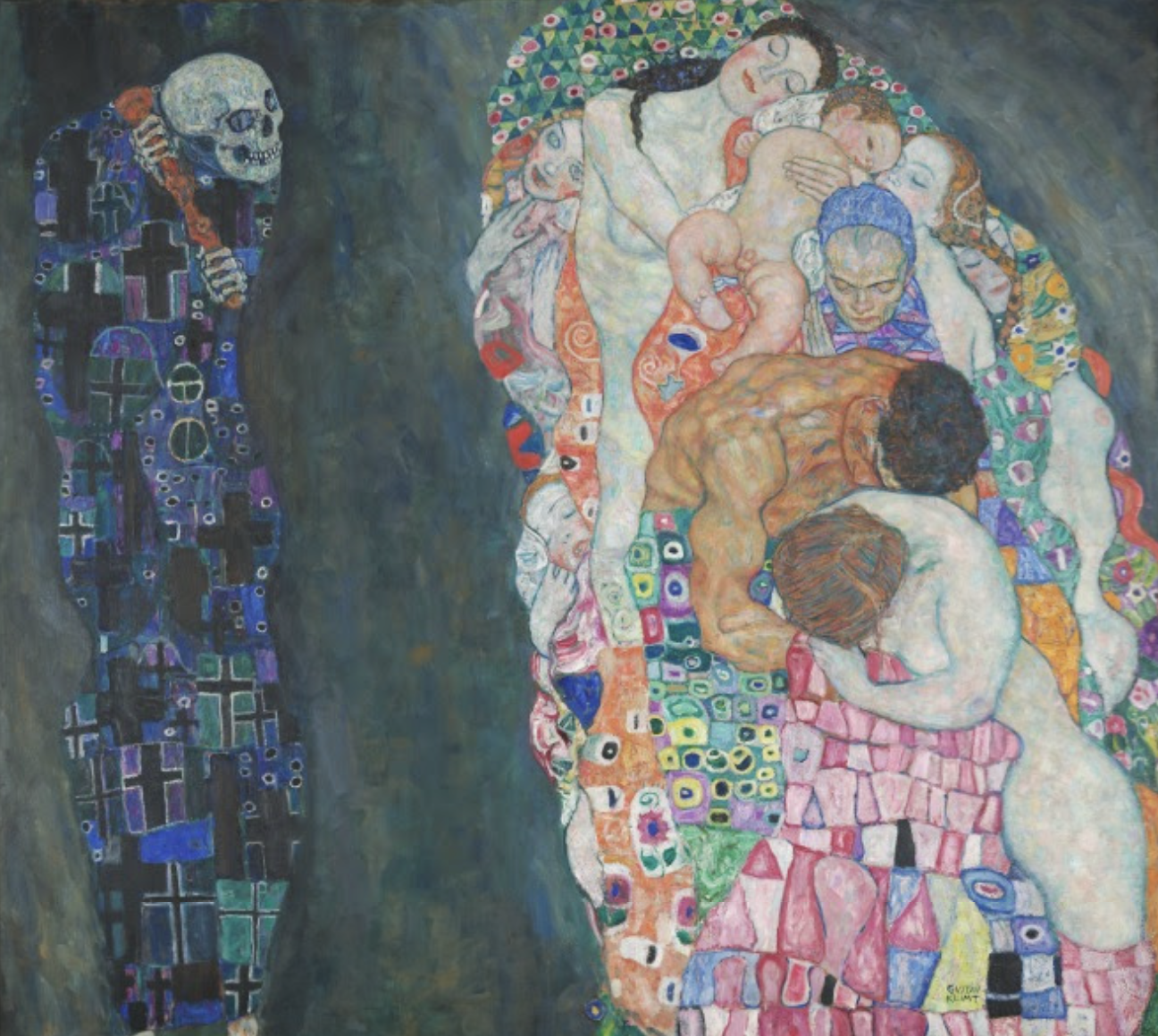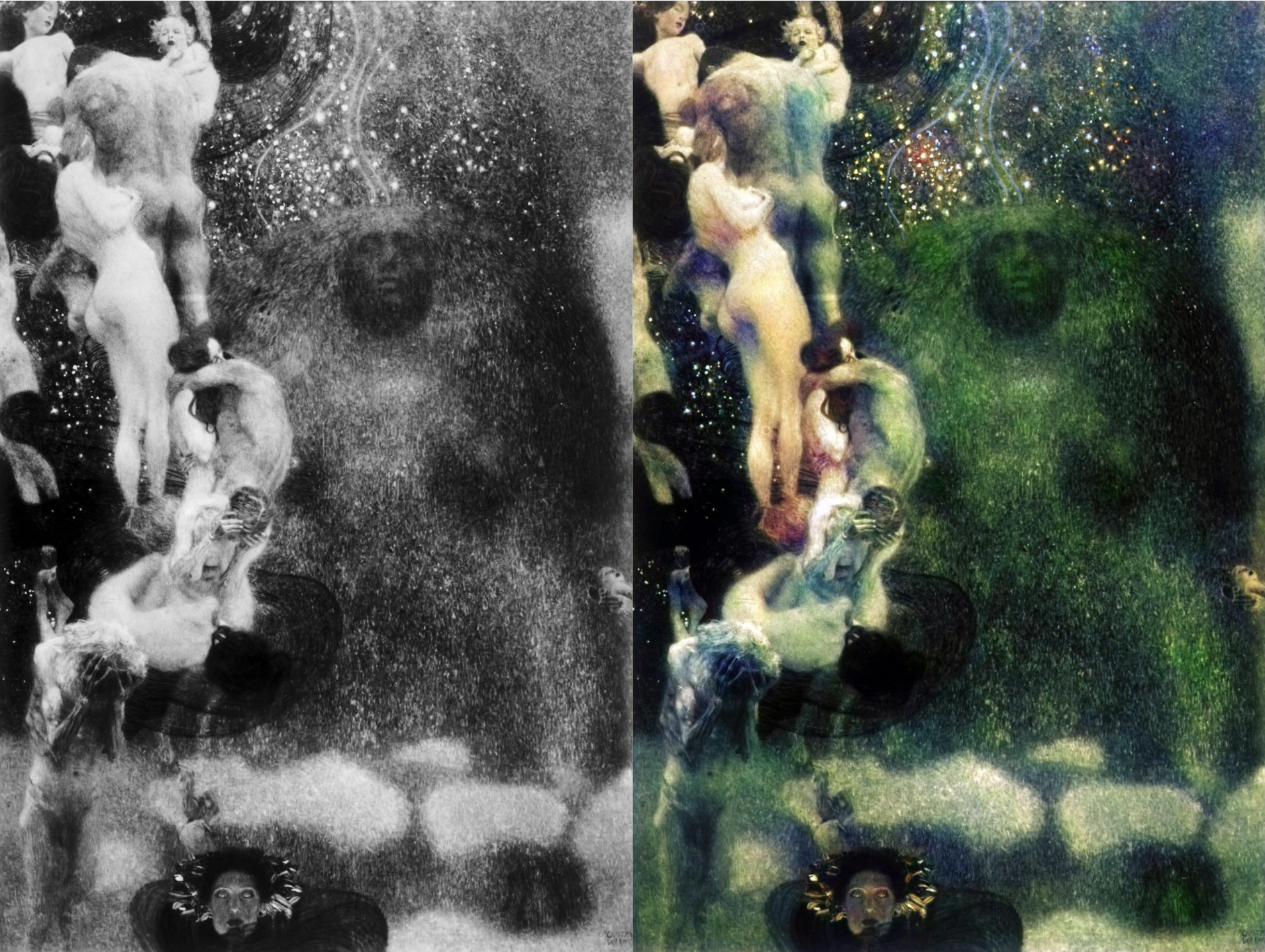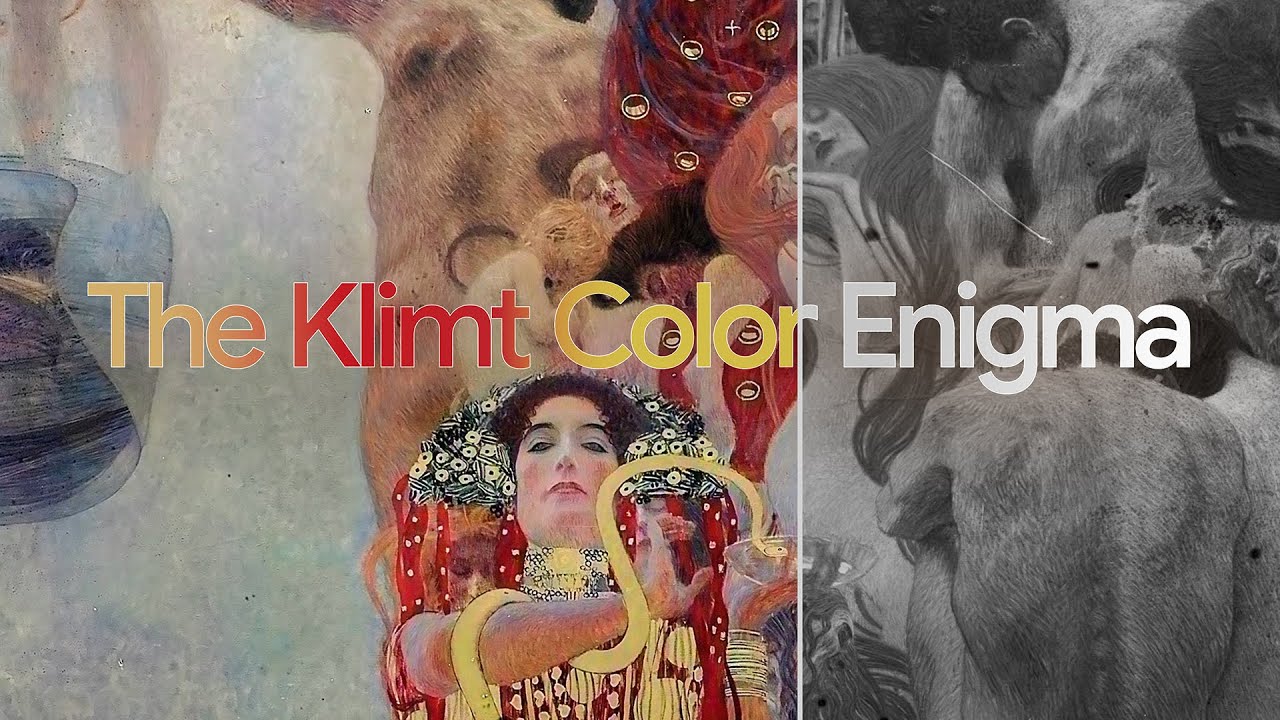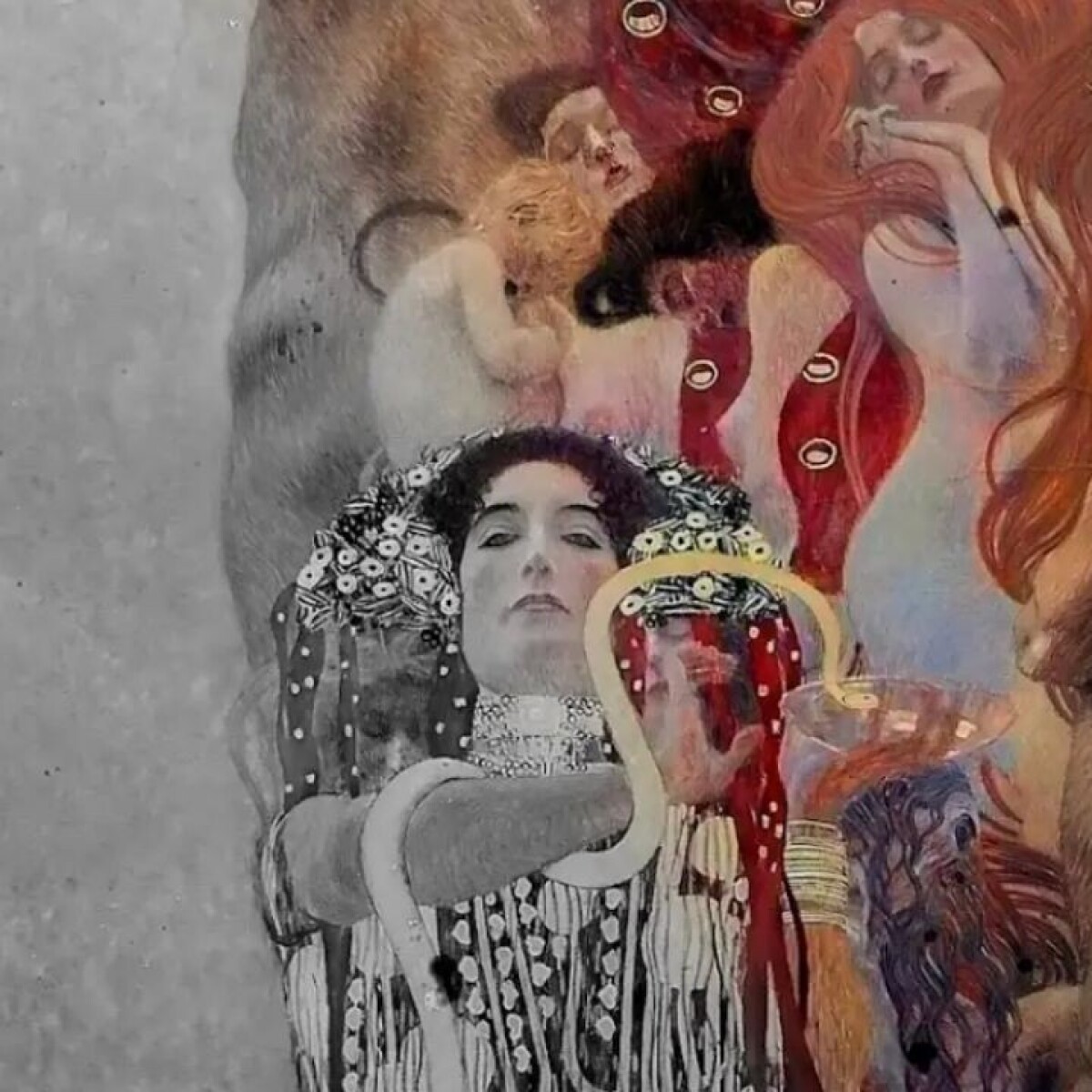Despite creating two of the most famous paintings in the history of Western art, The Last Supper and the Mona Lisa, Leonardo da Vinci did not particularly think of himself as a painter. Sigmund Freud may have devoted several hundred words to showing that the Renaissance man par excellence rarely finished an artwork because of infantile psychosexual conflicts, but it seems more fitting to look at Leonardo’s approach to painting as of a piece with his approach to everything: He was simply far more interested in process than product. Even when the product was a masterpiece-in-the-making, and Leonardo’s patrons awaited, the artist’s restless mind was ready to move on before he finished a commission.
Such was the case with the Mona Lisa, which Leonardo never delivered to his client and instead brought with him to France. This painting, in all its unfinished mystery, may be Leonardo’s best-known work, but it is not — as Evan Puschak, a.k.a. The Nerdwriter, argues above — his best.
That honor should be reserved for a painting Leonardo began in the same year as the Mona Lisa, 1503: The Virgin and Child with St. Anne, which he worked on for seven years, never delivered to his client (most likely the King of France), and left unfinished at the time of his death in 1519.
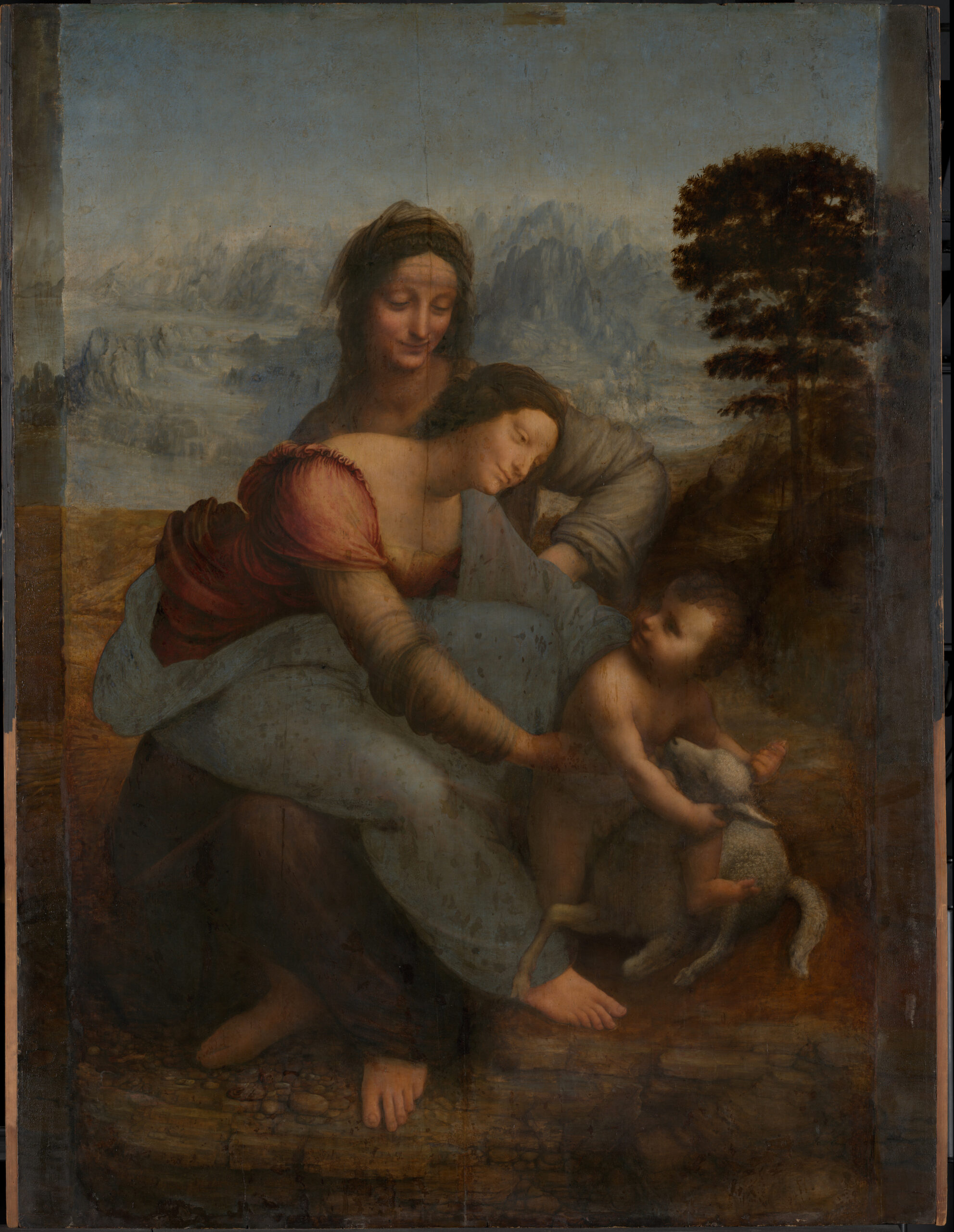
The painting depicts a grouping of three figures: the infant Christ, wrestling a lamb, his mother, attempting to pull him away, and her mother, the apocryphal St. Anne, forming the stable base and apex of the triad. Behind her head towers a dense mountain range, a symbol of deep ecological time, says Puschak, just as the lamb in the foreground symbolizes the Passion to come. This transition from a pre-historic past (one far more ancient than the Biblical stories) to a redeemed future does not terminate with the lamb, says Puschak, but with us, the viewer.
The pyramidal composition recalls Leonardo’s The Virgin of the Rocks from 1483. Such groupings were common in early Renaissance paintings, but The Virgin and Child with St. Anne represented a masterful refinement of the composition and of Leonardo’s famed sfumato technique. As Artdaily notes:
In Florence, where it was conceived, the Saint Anne quickly drew considerable attention and can be seen as a watershed moment in the evolution of artistic language, inspiring many disciples and colleagues who sought to emulate Leonardo’s style and technique in this work. Florentines were fascinated by the various cartoons executed by Leonardo and by the painted work, even in its rough outlines.
One preparatory work, the so-called “Burlington House Cartoon” (below), shows “the full expression of Leonardo’s first vision of the Saint Anne theme upon being awarded the commission.”
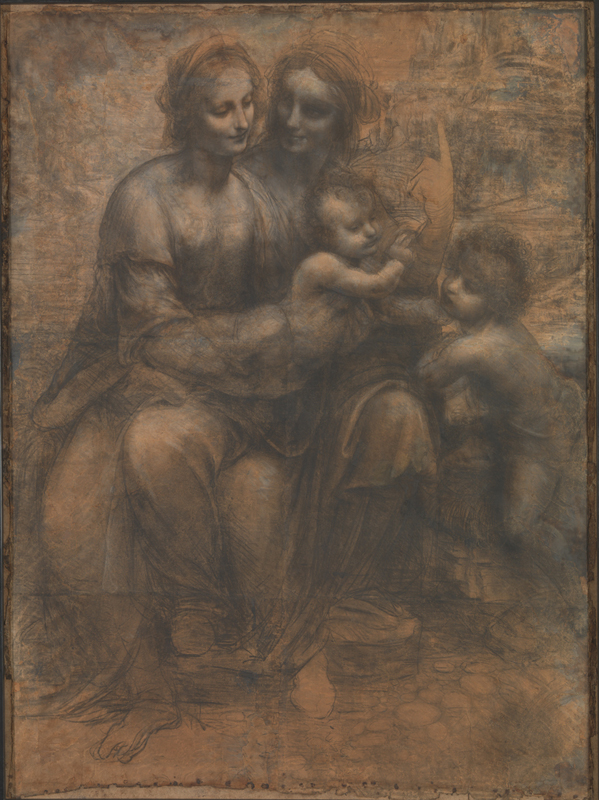
Image via the National Gallery
The work also shows the continued development of a theme that absorbed the artist throughout his life, expressed in earlier works such as The Virgin and Child with Cat and The Virgin of the Rocks. “These Virgin and Child compositions testify to Leonardo’s question to render in the most compelling manner the tenderness of the relationship between Jesus and the Virgin Mary,” and thus, between mother and son. Most of Freud’s observations in his Leonardo essay are nonsense, based on a mistranslation into German of the word “vulture” for a word that actually means “kite” (an error he later found particularly embarrassing). But his discussion of Leonardo’s childhood and his best, unfinished painting may strike us with particular poignancy.
[T]he smile which is playing on the lips of both women, although unmistakably the same as in the picture of Mona Lisa, has lost its sinister and mysterious character; it expresses a calm blissfulness.… Leonardo’s childhood was precisely as remarkable as this picture. He has had two mothers, the first his true mother, Caterina, from whom he was torn away between the age of three and five years, and a young tender step-mother, Donna Albiera, his father’s wife. By connecting this fact of his childhood… and condensing them into a uniform fusion, the composition of Saint Anne, Mary and the Child, formed itself in him.
Perhaps Freud was right, and The Virgin and Child with St. Anne was truly Leonardo’s most personal work, the apotheosis of a quest to integrate his personality through art. Whatever the case, we can say, along the psychoanalyst, that “on becoming somewhat engrossed in this picture it suddenly dawns upon the spectator that only Leonardo could have painted this picture.”
On a side note, Nerdwriter, the creator of the video above, has a new book coming out, Escape into Meaning: Essays on Superman, Public Benches, and Other Obsessions. You can pre-order it now.
Related Content:
Leonardo Da Vinci’s To-Do List from 1490: The Plan of a Renaissance Man
Josh Jones is a writer and musician based in Durham, NC. Follow him at @jdmagness
